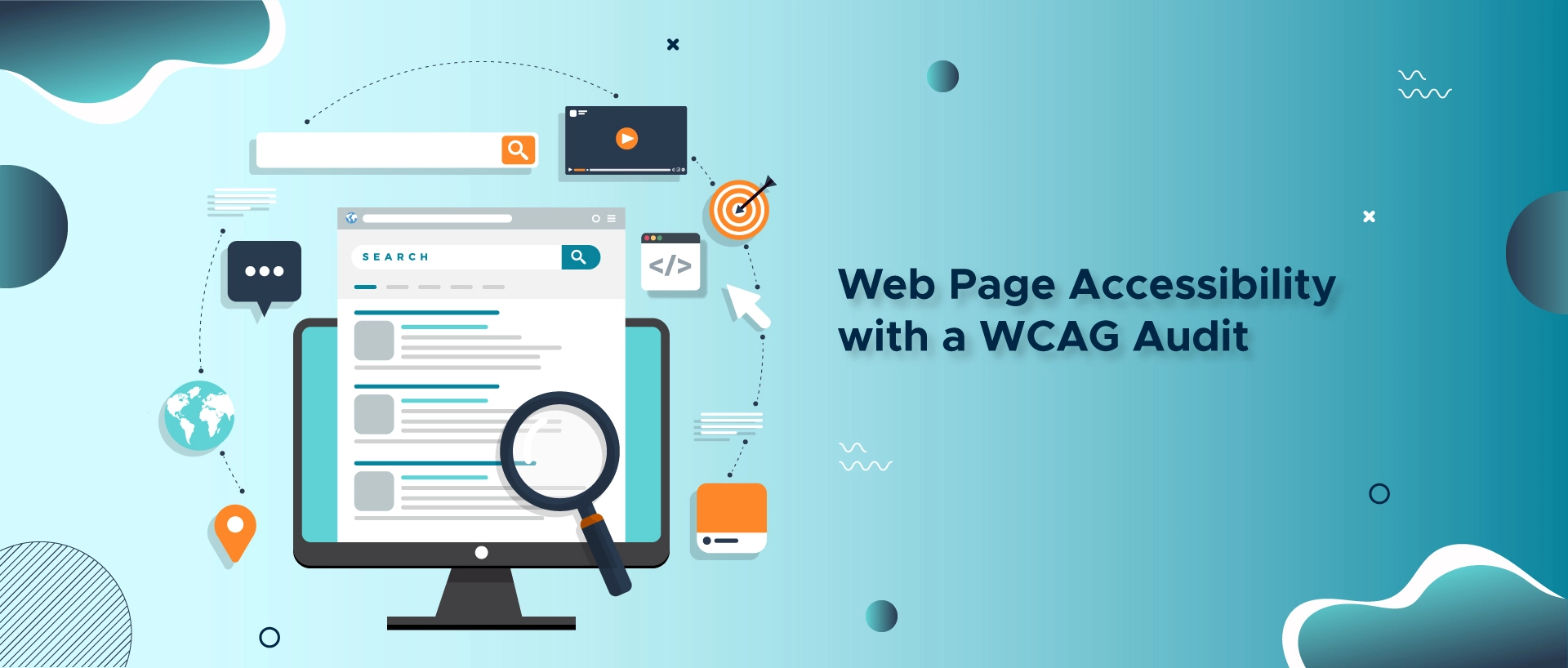
Web page accessibility is an important aspect of creating an inclusive and user-friendly online environment. In order to ensure that websites cater to individuals with disabilities, a WCAG (Web Content Accessibility Guidelines) audit can be conducted. This thorough assessment evaluates the compliance of a website with the international standards set by WCAG, identifying any possible errors and providing recommendations for improvement.
By prioritizing web page accessibility through a comprehensive audit, organizations can enhance their online presence and make their content accessible to all users. But the question that arises is, how do you conduct a WCAG audit? It is especially important as the number of internet users with disabilities continues to grow.
Conducting a WCAG audit not only helps organizations meet legal requirements and avoid potential litigation but also demonstrates their commitment to inclusivity and diversity. Moreover, by improving accessibility, websites can reach a wider audience, increase user satisfaction, and ultimately improve their brand reputation. Therefore, investing in a WCAG audit is not only the right thing to do but also a smart business decision.
Conducting a WCAG audit involves a systematic evaluation of a website's accessibility against the WCAG guidelines. The process typically includes a combination of automated testing tools and manual reviews by accessibility experts. Automated tools can help identify common accessibility errors, like missing alternative text for images or improperly labeled form fields.
However, manual reviews are essential for identifying more nuanced issues and ensuring a comprehensive evaluation. These reviews involve examining the website's code, design, and content to ensure they meet the WCAG success criteria. Here's a simplified step-by-step guide on how to do an accessibility audit:
Bonus Read: The Role of Alt Text Storytelling
The process of conducting a WCAG audit to assess the accessibility of a web page or site typically involves several steps.
Initiate by clearly defining the scope of your audit. Decide which pages or sections of your website will be audited and the WCAG level (A, AA, or AAA) you are aiming for.
Choose the auditing tools you'll use. These can be automated tools like WAVE or Axe, which help identify accessibility issues. Manual inspection is equally important.
Use your selected automated tools to scan your web pages. These tools will flag potential accessibility issues, such as missing alt-text for images, improper heading structures, or missing form labels.
While automated tools are helpful, manual testing is essential. It involves reviewing your content visually and interacting with it, just as users would. It helps identify issues that automated tools might miss, such as color contrast problems or keyboard navigation difficulties.
Evaluate your website against the specific success criteria outlined in the chosen WCAG level. These criteria cover a wide range of aspects, including text alternatives, keyboard accessibility, and clear navigation.
Interesting Read: Enhancing User Experience with Accessible Navigation
Document the issues you discover during the audit. Be sure to note where on the website each issue is located and any relevant details about the problem. This documentation is essential for the remediation process.
Assess the severity of the identified issues. Some issues may have a more significant impact on accessibility than others. Prioritize fixing the most critical issues first.
Work closely with your team, including developers, designers, and content creators, to address and resolve the accessibility issues. Effective collaboration ensures that everyone understands their role in the remediation process.
After implementing changes to address accessibility issues, it's essential to retest the website. This step verifies that the issues have been successfully resolved. The iterative process continues until the desired level of WCAG conformance is achieved.
Undertaking a WCAG 2.1 audit is a commitment to building an inclusive digital world, not just a procedure. Web page accessibility is fundamental, and WCAG audits play an essential role in ensuring that websites cater to individuals with disabilities. These audits, as outlined in this article, offer a systematic and detailed approach to evaluate and enhance a site's accessibility.
By investing time and resources in conducting a WCAG audit, organizations demonstrate their dedication to inclusivity and diversity. These efforts go beyond meeting legal requirements; they make online spaces more welcoming and user-friendly for everyone.
Share